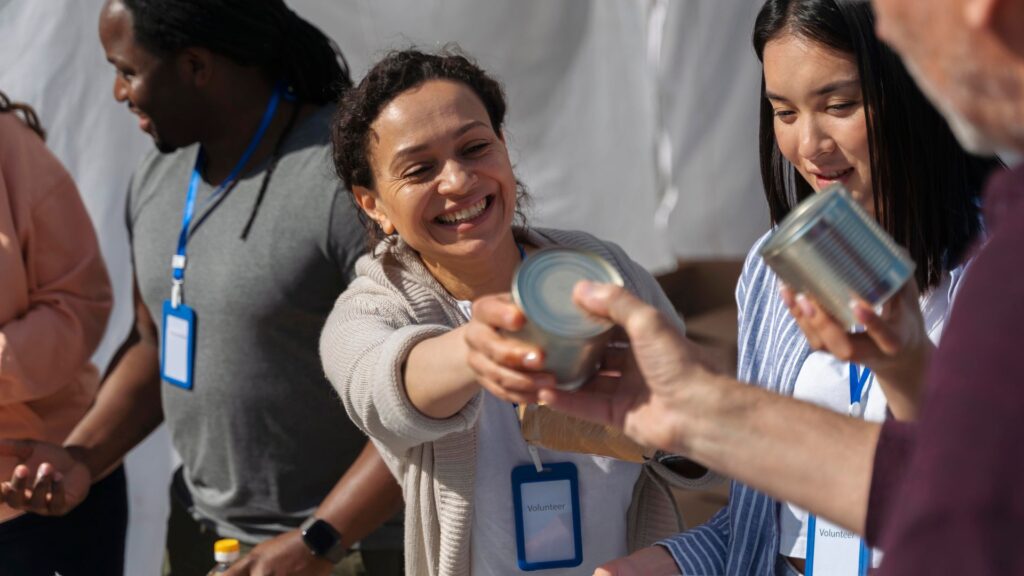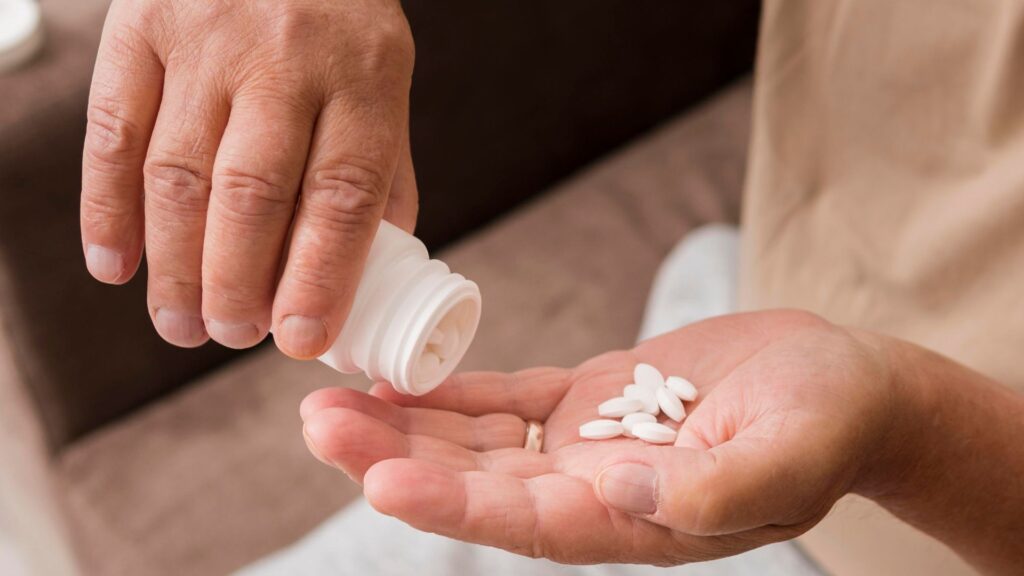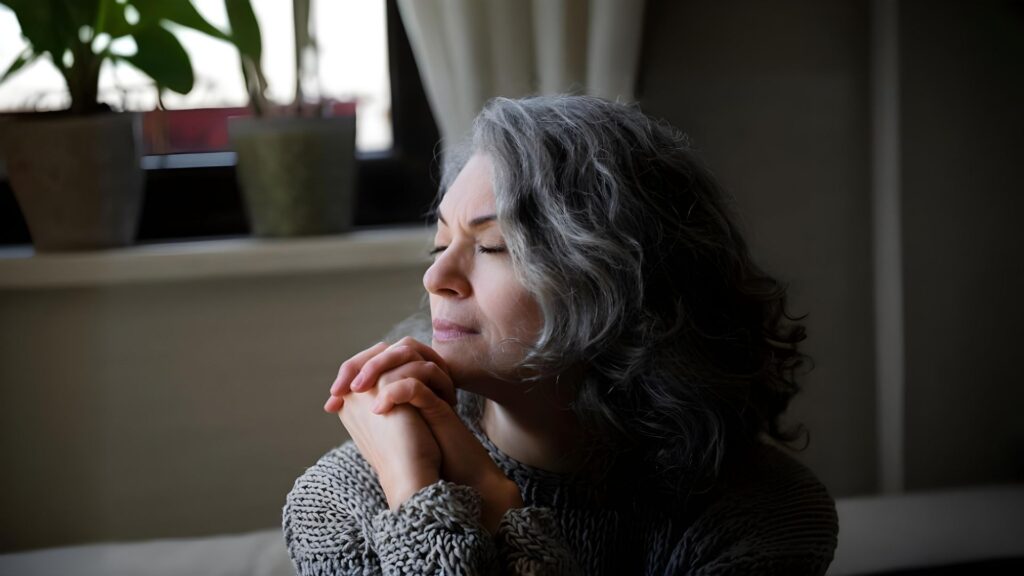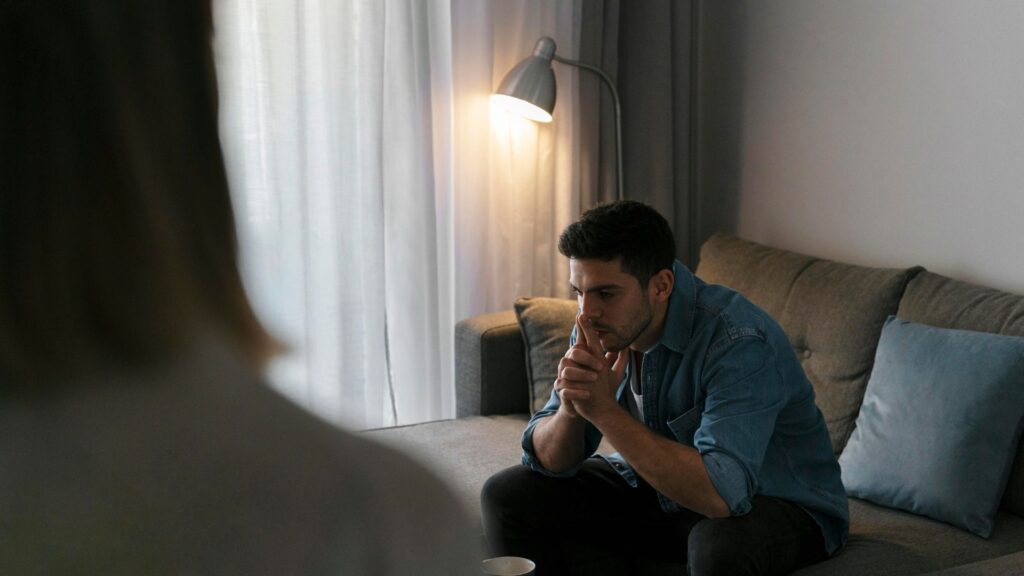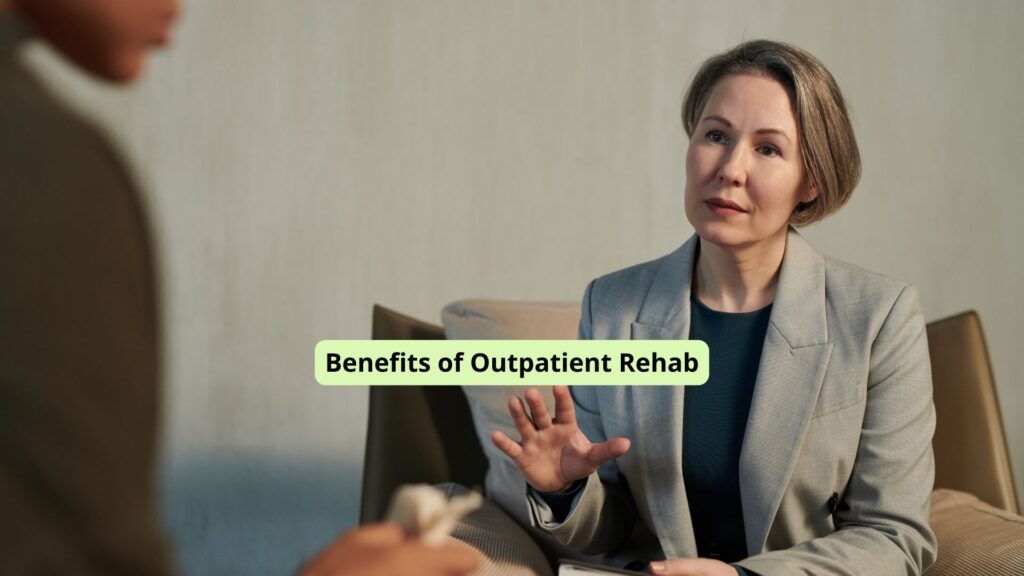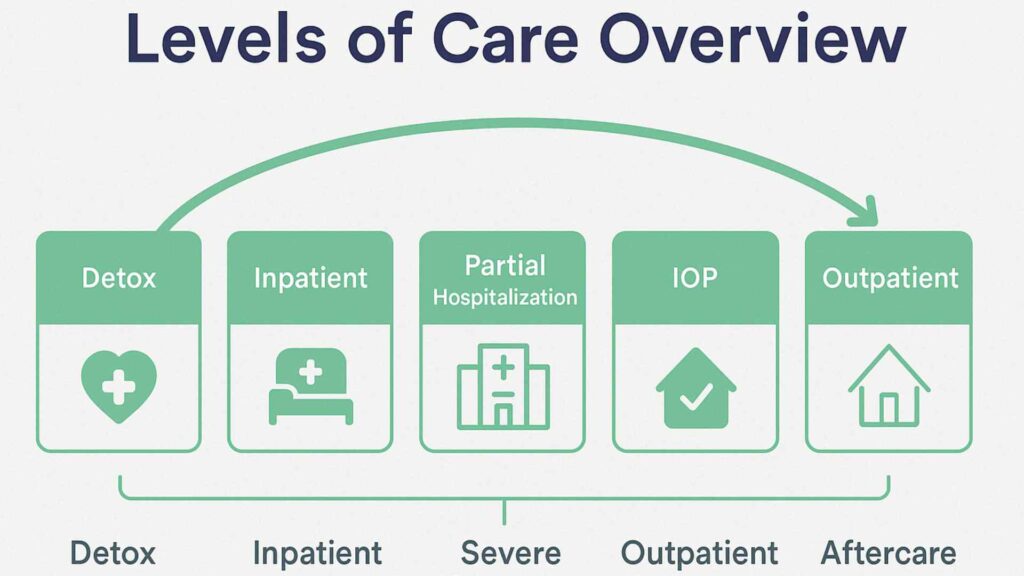When seeking help for substance use, Intensive Outpatient Programs (IOPs) frequently emerge as the preferred option. IOPs offer a flexible yet comprehensive approach to recovery, allowing you to receive structured therapy while maintaining daily responsibilities. However, the cost of these programs can vary significantly, influenced by factors such as program duration, location, and the specific services provided.
In this article, you will learn about the factors that affect IOP costs and what you can expect when considering this vital step toward recovery.
What Is an Intensive Outpatient Program (IOP)?
An Intensive Outpatient Program (IOP) is a structured treatment option designed for individuals recovering from substance use disorders. Unlike inpatient rehab, IOP allows you to live at home while attending therapy sessions multiple times a week, typically for several hours per day.
The core elements of IOPs include multiple weekly therapy sessions such as individual therapy, group therapy, and often family therapy, which together address the emotional, psychological, and relational aspects of recovery. IOPs focus on building life skills and coping mechanisms essential for long-term stability, such as stress management and healthy decision-making. Many programs also integrate dual-diagnosis treatment to address co-occurring mental health and substance use disorders simultaneously.
One of the program’s primary benefits is its flexibility and accessibility, allowing you to maintain your daily responsibilities, such as work, school, and family commitments while receiving structured support through scheduled group and individual therapy sessions. This reduces disruption to personal and professional life compared to inpatient care and often includes flexible scheduling with evening and weekend options.
Average Cost Range of IOPs
The cost of attending an IOP varies widely, depending on factors such as location, program length, services offered, and the facility’s reputation. According to the National Center for
Drug Abuse Statistics, the cost of intensive outpatient treatment per episode would cost between $1,908 to $7,969.
On average, the daily cost of IOP treatment ranges from $250 to $350, which typically translates to $3,000 to $10,000 for a standard 30- to 90-day program. Some sources report even higher daily costs, ranging from $500 to $650, with monthly expenses potentially reaching $17,250 depending on the program’s intensity and duration.
Cost of IOP in Ohio
The cost of IOP in Ohio varies depending on the personalized care plan and length of treatment, which typically ranges from 8 to 16 weeks. Generally, the price falls within the range of $2,000 to $10,000 for a complete program without insurance.
Ohio’s IOP costs align closely with national averages but may be influenced by regional living expenses and facility offerings.
What Does the Cost Cover?
The fees for IOPs typically cover a range of services essential for effective addiction treatment. These include:
- Group therapy sessions are often the core component of treatment.
- Individual therapy and family counseling.
- Relapse prevention programs and educational workshops covering coping skills and life skills.
- Medication-assisted treatment if needed.
- Access to support staff and case management.
- Dual diagnosis treatment if necessary.
Some programs may also include holistic therapies such as mindfulness, yoga, or art therapy.
Because IOPs vary by provider, the exact services included in the cost can differ. You need to understand what their fees cover to ensure the program meets your treatment needs.
Factors Influencing the Cost of an IOP
- Location: Programs in metropolitan areas or regions with higher living costs tend to charge more.
- Program duration and frequency: Longer programs and those requiring more frequent attendance naturally increase total costs.
- Treatment intensity: Programs offering more intensive or specialized therapies, such as dual diagnosis treatment or medication-assisted therapy, may have higher fees.
- Facility reputation and amenities: Well-established or luxury facilities often charge premium rates.
- Insurance coverage: Whether the program is in-network or out-of-network affects costs, as does the patient’s deductible and copay requirements.
- Type of therapy: The inclusion of individual counselling, family therapy, or specialized group sessions can influence pricing.

Insurance and Financial Assistance
Most health insurance plans, including private insurance, Medicaid, and Medicare, cover at least part of the cost of IOPs, especially when the program is deemed medically necessary. Coverage can range from 50% to 80% of the costs. Insurance coverage depends on factors like copays, deductibles, plan type, and whether the provider is in-network.
Some insurance plans require copayments per session or have a deductible that must be met before coverage begins. Additionally, in-network providers usually result in lower out-of-pocket costs compared to out-of-network facilities.
In Ohio, insurance plans widely cover addiction treatment due to federal laws like the Mental Health Parity and Addiction Equity Act (MHPAEA) and the Affordable Care Act (ACA), which require insurers to provide comparable coverage for substance use disorders as for other medical conditions. Major insurance providers accepted by Ohio rehab centers include Ohio Medicaid, Anthem Blue Cross Blue Shield, Aetna, United Healthcare, and Medical Mutual, each offering varying specifics on copays, deductibles, and provider networks.
For those without insurance or with limited coverage, many treatment centers offer sliding-scale fees, payment plans, or financial assistance programs to make treatment more affordable. Understanding your insurance benefits and discussing financial options with the treatment provider can help manage costs effectively.
Comparing IOP Costs to Other Treatment Options
IOPs offer a cost-effective alternative to other rehab programs wherein you get comprehensive care without the high costs of residential treatment. Usually, IOP will cost you about $2,000 to $10,000 per month, which often can be covered by your insurance plans.
Inpatient rehab treatments cost around $10,000 to $60,000 per month without insurance. Although insurance plans often cover the program’s cost, it is pretty expensive due to its 24/7 residential care with medical supervision.
Meanwhile, for Partial Hospitalization Programs, you will need to pay $7,000 to $20,000 per month if you do not have insurance coverage. Most insurance providers typically cover the cost of treatment.
IOP balances affordability with effective treatment intensity, making them suitable for individuals with mild to moderate addiction or mental health issues who can maintain daily responsibilities.
Final Thoughts from Abundance Treatment
While the investment in an IOP may seem significant, it’s important to remember that this level of care provides flexible, effective support for lasting recovery, often at a fraction of the cost of inpatient treatment.
At Abundance Treatment, we offer an Intensive Outpatient Program (IOP) in Toledo, Ohio, designed to help you heal, grow, and manage your daily responsibilities. Our program combines group therapy, individual counselling, life skills training, and support activities to help both adult and adolescent individuals in their recovery journey. With flexible scheduling options, including day and evening sessions, our IOP enables you to balance treatment with your daily life while providing personalized, compassionate care.


